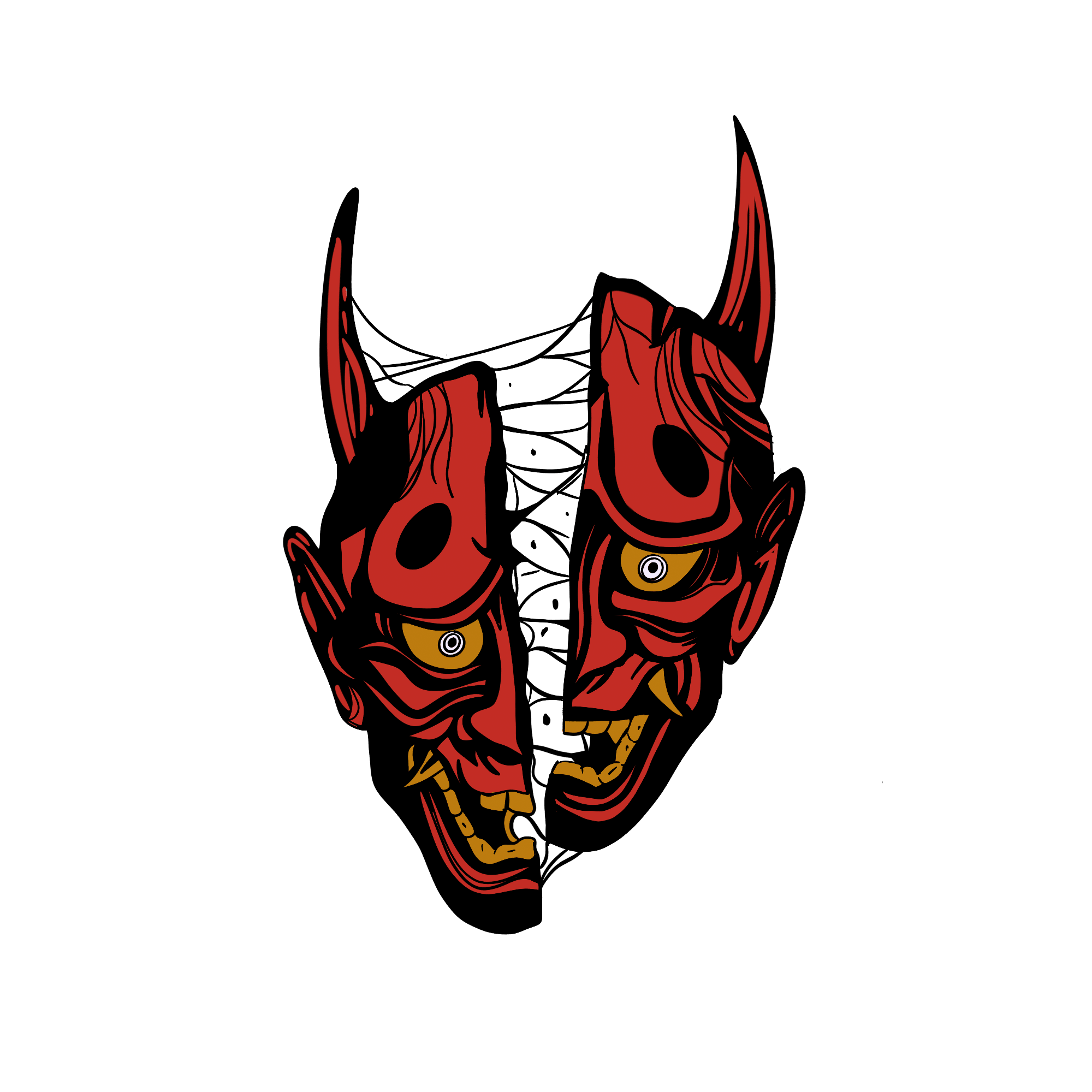AhharuVampires


Assyrian demonology is a rich tapestry of mythical creatures and malevolent entities that played a significant role in the belief systems of ancient Mesopotamia. Among these dark beings, the Ahharu, evil vampires of Assyrian lore, stand out as fascinating and terrifying figures. The Ahharu are far from the romanticized vampires of modern literature and cinema; instead, they represent a dark and malevolent force that struck fear into the hearts of the ancient Assyrians.
The Ahharu are believed to have originated from ancient Assyrian and Akkadian mythology, dating back over 4,000 years. In Assyrian belief, they were considered demonic spirits who fed on the blood of the living, akin to the vampires in other cultures' folklore. The name "Ahharu" can be traced to the Akkadian language, where it meant "bloodsucker" or "vampire."
In the annals of Assyrian demonology, the Ahharu are often described as gruesome and nightmarish creatures. They are said to possess elongated, bony fingers adorned with sharp claws, perfect for extracting the precious life force from their victims. These malevolent beings were believed to have pale, corpse-like skin, contrasting starkly with their deep, bloodshot eyes that seemed to glow with an otherworldly hunger. Their mouths were lined with needle-like fangs, designed for piercing the flesh and drawing blood.
The Ahharu were considered immensely powerful and elusive beings in Assyrian mythology. They were known to have the following abilities:
1. Shape-Shifting: Ahharu had the uncanny ability to transform into various forms, often taking on the guise of animals, mist, or even attractive humans. This shapeshifting ability allowed them to approach their prey unnoticed.
2. Invisibility: These vampires could render themselves invisible to human eyes, making them even more difficult to detect.
3. Psychic Manipulation: Ahharu were believed to possess psychic powers that allowed them to manipulate the minds of their victims, luring them into vulnerable situations.
4. Immortality: Like traditional vampires, Ahharu were considered immortal, unable to be killed by conventional means.
The most chilling aspect of the Ahharu was their insatiable hunger for human blood. They would typically stalk their victims, often striking at night when darkness provided them with the cover they needed. Once they had their prey within their grasp, they would use their sharp fangs to pierce the victim's flesh and drain them of their life force. The Ahharu were believed to derive not only sustenance but also power and vitality from the blood of the living.
Given the terror that the Ahharu inspired, the ancient Assyrians developed various rituals and protective measures to ward off these malevolent vampires. These included the use of amulets, incantations, and offerings to appease the gods and protect oneself from their sinister influence.
The Ahharu, evil vampires in Assyrian demonology, serve as a haunting reminder of the rich and diverse mythological tapestry of ancient Mesopotamia. In contrast to the modern romanticized image of vampires, the Ahharu were terrifying and malevolent beings, embodying the primal fear of predation and the unknown. While they may have faded into obscurity with the passage of time, their legacy endures as a testament to the enduring fascination with the supernatural and the darkness that has always lurked in the human imagination.
Demons



